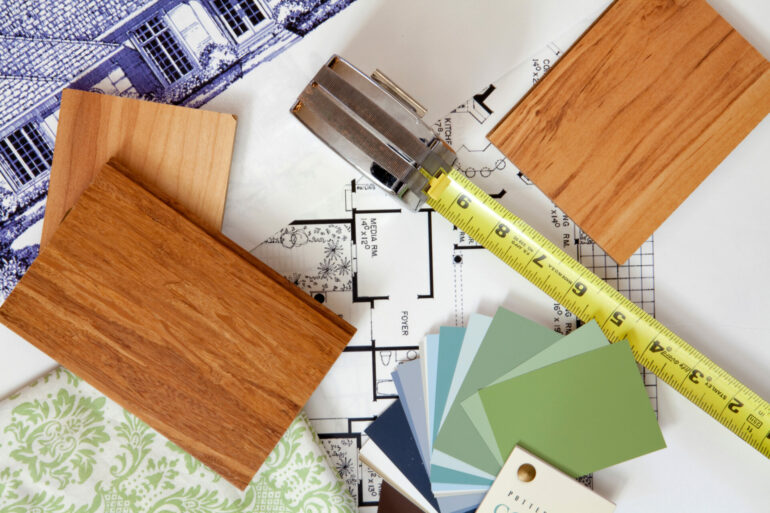So far, the uncertain economic environment is yet to put the brakes firmly on property prices, with house prices increasing at 13% a year, according to the Office for National Statistics May House Price Index.
This is great news for homeowners, but for prospective movers, it also means that any property they might be looking to upgrade to will also become more expensive and might even move beyond their financial reach.
Mortgage lenders are now factoring in the increased cost of living into their affordability calculators, which means it’s becoming harder for customers to access the larger loan sizes they might need to move home. In addition, the uncertain economic outlook is likely to deter many people from taking the plunge and incurring the extra costs involved in moving home.
With this in mind, more homeowners are choosing to meet their need for extra space or greater energy efficiency, not with a new property, but by renovating their existing one.
In May, Checkatrade reported that the average for fully renovating a three-bed house was £76,900, with a 10-15% recommended contingency. Compared to the costs associated with moving, including legal fees, removals and Stamp Duty Land Tax, it’s easy to see why home improvements are growing in popularity.
According to Checkatrade, building an extension might cost an average of £37,500 and delivers an average value uplift of more than 12%. While a new heating system is likely to cost an average of £5,500 and is estimated to add 4% to a property’s value according to GoCompare. Similarly, installing double-glazing, costs an average of £4,500 and can provide potential uplift of more than 3%.
All of these improvements can help to create more living space, greater energy efficiency and a more please living environment – as well as adding value to a property. So, what’s the best way to finance large scale home improvements? We know from our second charge business that home improvements are one of the most common reasons for people to take a second charge mortgage. This approach is popular because, if the renovations are successful in significantly increasing the value of a property, it could mean that a customer can remortgage in the future at a lower LTV, and potentially a lower rate than they may have otherwise been able to achieve.
Similarly, where homeowners have used unsecured finance to fund home improvements, a second charge mortgage could be used to consolidate that unsecured debt and reduce their monthly payments.
And for those customers who are approaching the end of a current fixed rate deal this autumn – and we know thousands of borrowers are – another approach could be to raise the extra capital required with a remortgage. Remortgaging to fund home improvements has always been a popular avenue for homeowners and in the current environment, we can only see demand increasing.
If you have customers who want to proceed down this route, in a rising rate environment it is important you work with a lender that you can trust to deliver quick service and fast turnaround times, as this gives your application the best chance of being offered at the original rate for which you apply. A good first step is to look at lender websites to understand their current service levels and make sure you are making an informed choice.
As house prices continue to climb, economic uncertainty prevails and interest rates rise, the property sales market may slow this autumn, but you should prepare for demand for capital raising remortgaging to accelerate.
Paul Adams is director of sales at Pepper Money



